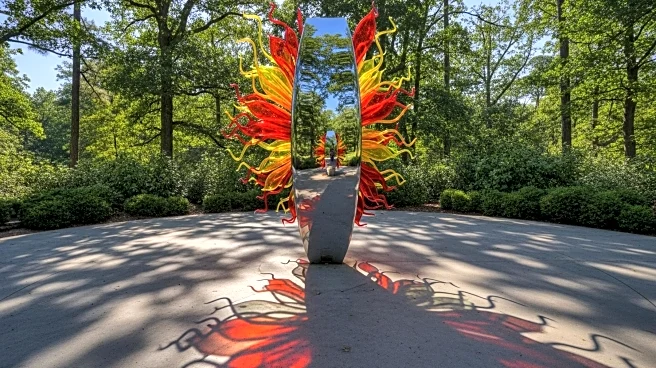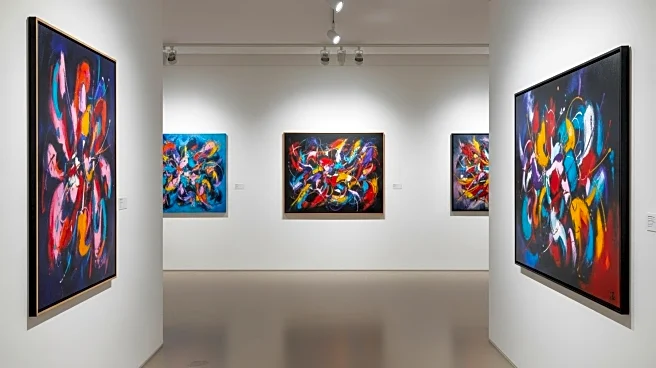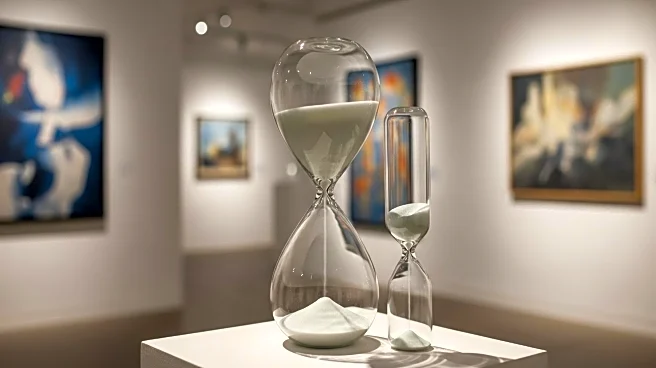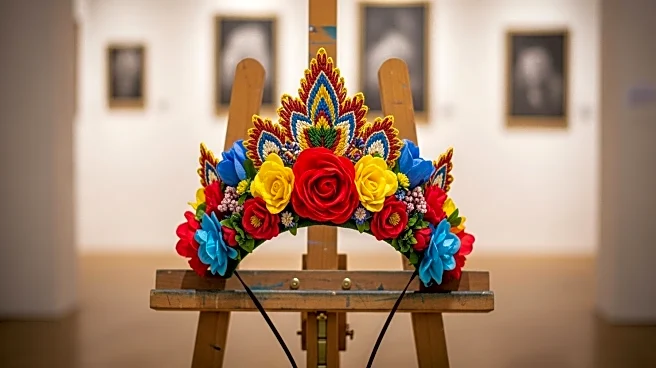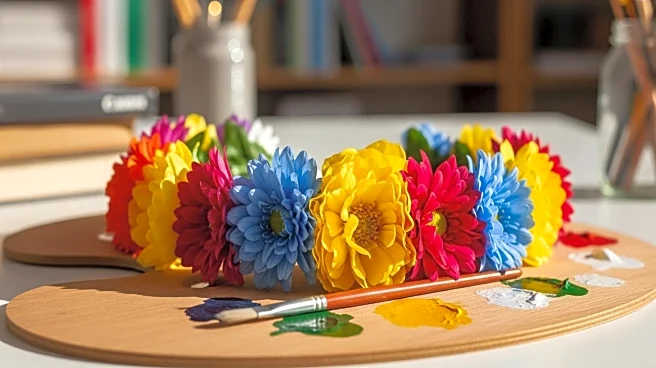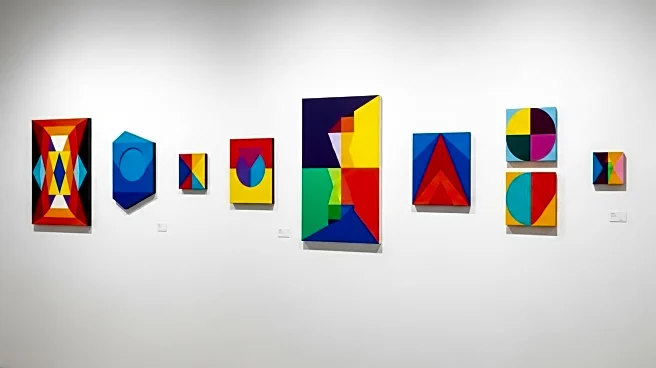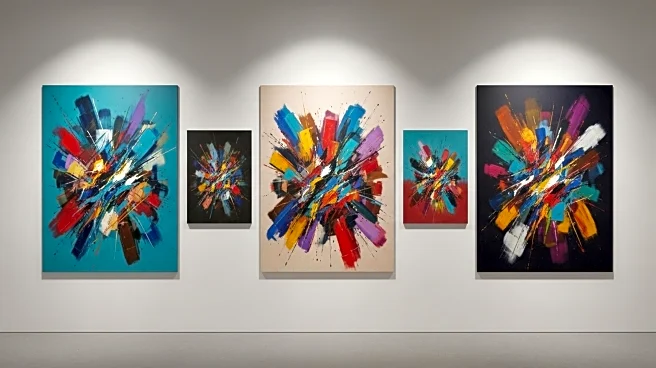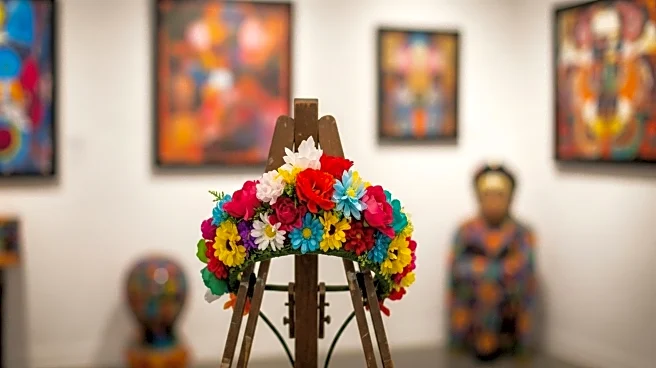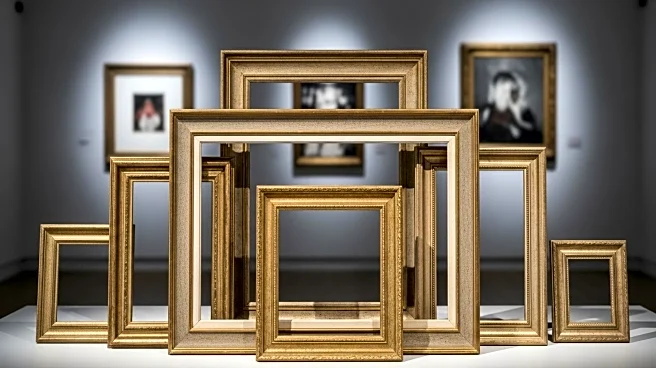What's Happening?
A new museum dedicated to Frida Kahlo, named Museo Casa Kahlo, has opened in Mexico City. The museum is located in the historic home of the Kahlo family, which was acquired in 1930 and later owned by Frida's younger sister, Cristina. The museum's collection is derived from the archive of Isolda Kahlo, Cristina's daughter, who kept it private for years before cataloguing it. The museum focuses on Frida's family ties, featuring traditional displays, private domestic spaces, and audiovisual elements. It includes Frida's only known mixed-media mural work, restored to its original look, and personal objects reflecting her world.
Why It's Important?
The opening of Museo Casa Kahlo provides a unique insight into Frida Kahlo's personal life and family history, offering a different perspective from the larger Casa Azul museum. It emphasizes the importance of family bonds and personal relationships in understanding Kahlo's art and legacy. The museum also highlights the Kahlo family's efforts to reclaim and share their narrative, challenging the control of Frida Kahlo's image by external entities. This development enriches cultural tourism in Mexico City and contributes to the preservation of Latin American art and history.
What's Next?
The museum plans to conduct a detailed study of Frida's mural work, which was recently uncovered during restoration. The Kahlo family aims to continue sharing their story through the Museo Casa Kahlo and the New York-based non-profit Fundación Kahlo, which supports the museum and champions Latin American art. The museum's opening may inspire further exploration of Frida Kahlo's life and influence, potentially leading to new exhibitions and collaborations within the art community.
Beyond the Headlines
The museum's focus on family ties and personal relationships offers a deeper understanding of Frida Kahlo's art, which often reflects themes of identity, pain, and resilience. By highlighting the intimate aspects of her life, the museum challenges the mythologized image of Kahlo, presenting her as a complex individual shaped by her familial connections. This approach may influence how future generations perceive and study her work.

